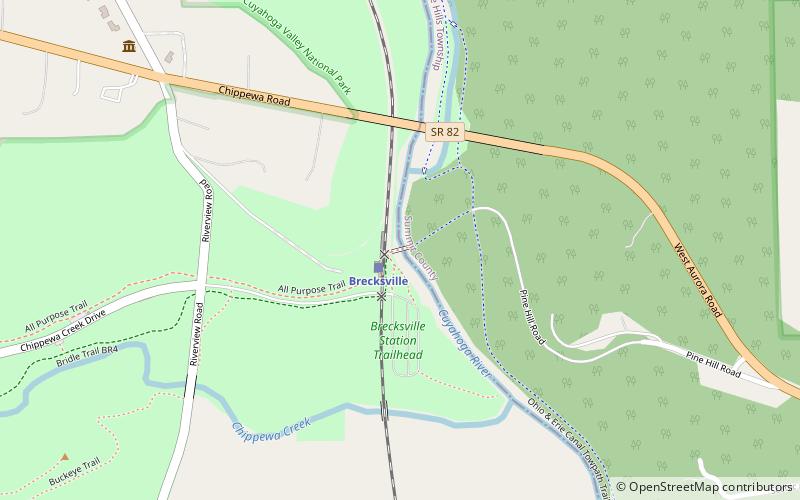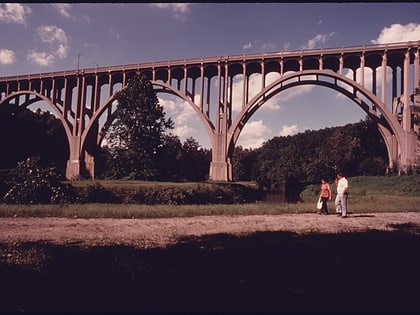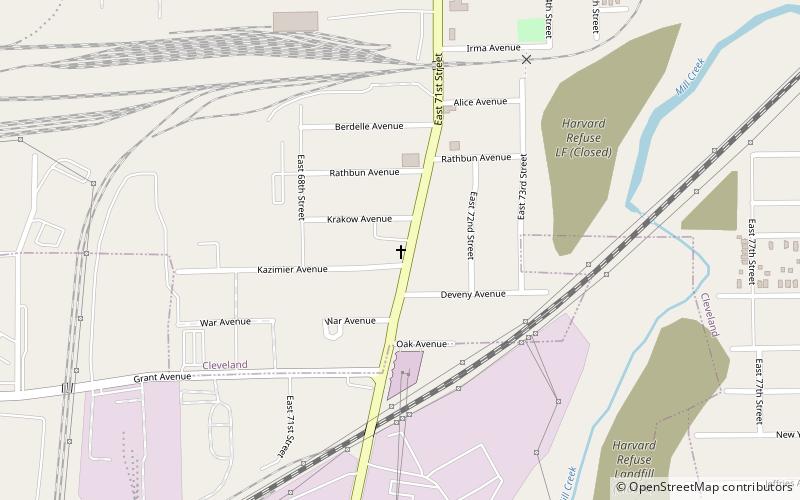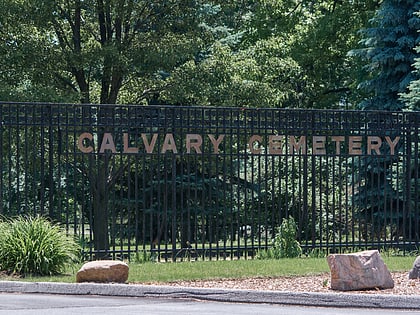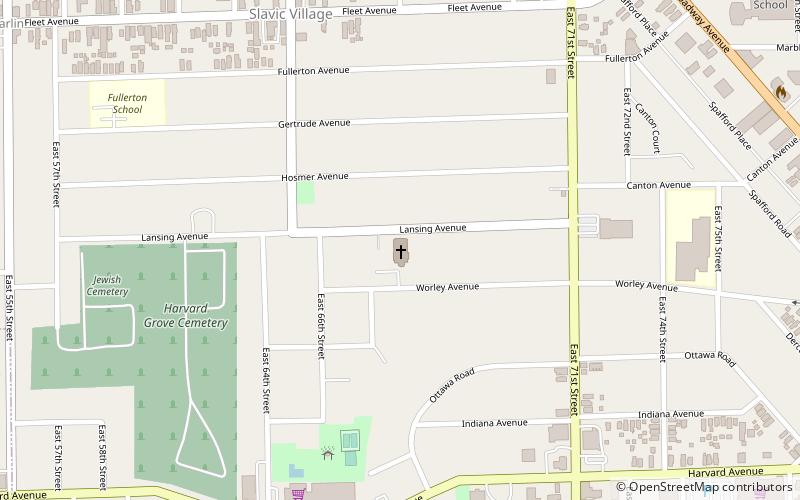Independence Slab, Independence
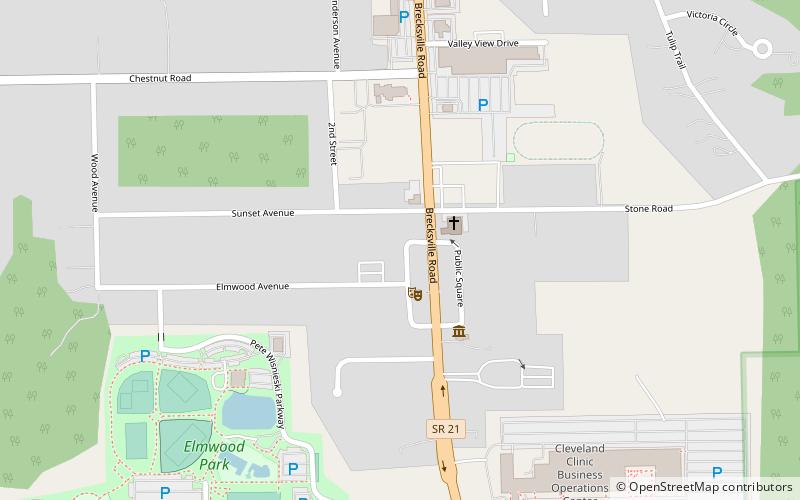

Facts and practical information
The Independence Slab originally was a series of petroglyphs carved in an outcropping of native silicious Berea sandstone located in the city of Independence, Cuyahoga County, Ohio. It was discovered by area quarry workers in the mid-1800s who were quarrying building materials for a nearby church. The quarrymen are thought to have likely damaged large portions of the petroglyphs before realizing what they uncovered. A portion of the slab measuring 4 by 7 feet was hand quarried and placed in the rear exterior wall of the Independence Presbyterian Church, sometime during 1854, where it has remained to this day. The surviving portions of the slab are thought to depict images of animal footprints, such as elk, and a crayfish. and the petroglyphs are believed to be part of the Whittlesey period. The Independence Slab is unusual, not only for the unorthodox way it was found and preserved, but also because petroglyphs themselves are rarely found in the Northeast Ohio area. Most Ohio petroglyphs have been found exposed to the elements, but the Independence Slab was noted to have been buried under a layer of soil prior to its discovery. ()
IndependenceIndependence
Independence Slab – popular in the area (distance from the attraction)
Nearby attractions include: The Shoppes at Parma, Station Road Bridge, Brecksville-Northfield High Level Bridge, St. Stanislaus.


